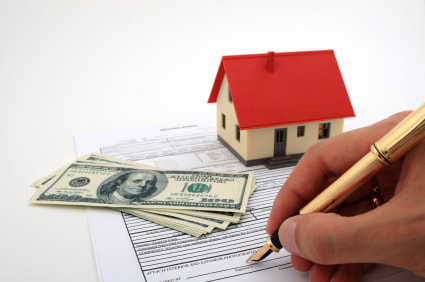While we’re on the topic, let’s talk about what to look for when you’re doing your due diligence for a private loan. First, look at the track record. Does the business have experience with the type of projects it is requesting money for? Second, try to understand the company’s financial position. Ask for credit reports and personal financial statements, but keep in mind some (but not all) borrowers are seeking private funding because they can’t qualify for a conventional loan. This is not necessarily a red flag, but as a lender you can increase the interest rate to mitigate the risk. In some cases, borrowers are very well qualified but can’t secure a loan because traditional lenders don’t like non-cash flowing properties in need of significant renovation. Vacant or mismanaged properties may need a lot of work and may not cash flow, but they can represent excellent opportunities for private lenders.
Disadvantages of Private Lending
Comments are closed.
|
AuthorChristopher Kennedy and Jonathan Kennedy. Archives
January 2018
Categories |
Copyright ©2017 Mayfair Real Estate LLC, All Rights Reserved
PO Box 222, Fort Lauderdale, FL 33302
Phone: (855) 563-8273
PO Box 222, Fort Lauderdale, FL 33302
Phone: (855) 563-8273



 RSS Feed
RSS Feed